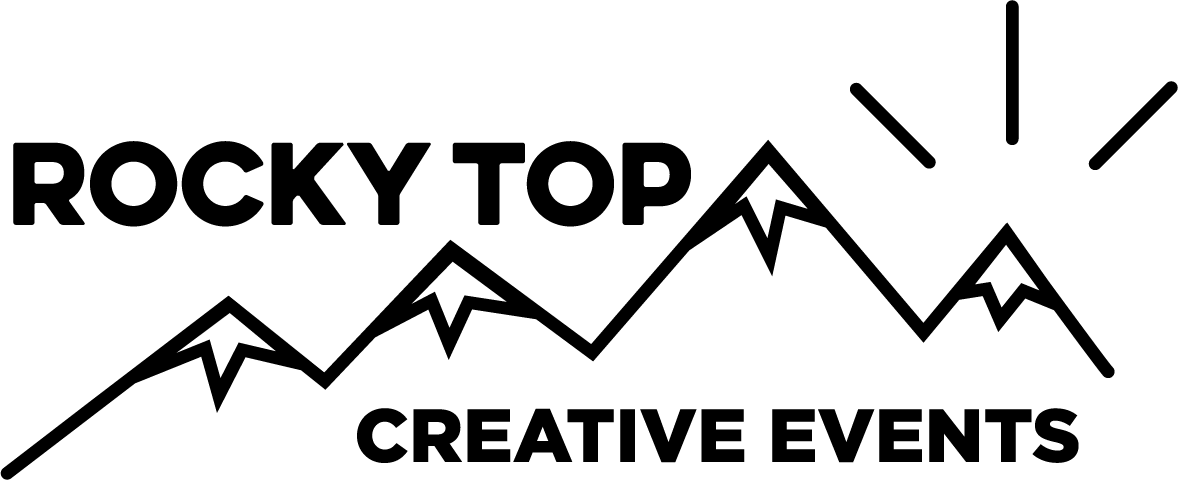Tech Tools Colleges are Using to Combat Student Mental Health Issues
How Colleges are Using Tech Tools to Support Student Mental Health
Tech Tools Colleges are Using to Combat Student Mental Health Issues is more than just a headline, it is the reality facing higher education leaders today. College administrators across the country are grappling with rising student mental health needs while campus counseling centers remain stretched beyond capacity. Hiring more licensed staff is ideal, yet budget limitations and workforce shortages make it nearly impossible. As a result, residence-life leaders, orientation directors, and wellness managers are looking for affordable, evidence-based technology that can quickly expand care and give students access to support when they need it most.
The key to success lies in choosing solutions that students will actually use. From confidential apps to proactive check-in systems, colleges are finding ways to combine technology with human support in order to create scalable mental health resources.
Mental Health Apps and Platforms
Mobile apps like Headspace, Calm, and Talkspace are now being offered at discounted or campus-subsidized rates. These platforms provide meditation, stress reduction exercises, and even licensed teletherapy services. Colleges along Colorado’s Front Range, such as the University of Colorado Boulder and Colorado State University, have piloted wellness apps as part of student success initiatives, ensuring that resources are accessible 24/7. Since students already spend so much of their lives on their phones, meeting them in that space increases adoption and normalizes self-care practices.
Early Intervention with Screening Tools
Digital screening surveys and AI-powered chatbots can help schools identify at-risk students before crises escalate. Orientation programs often integrate these tools as part of first-year onboarding, providing a private way for students to share concerns while automatically flagging cases that need follow-up. This approach lightens the load on counseling staff, since energy is focused on the students most in need. At the University of Northern Colorado, digital wellness surveys have been paired with referrals to peer-support groups and workshops, creating a multi-layered system of care.
Peer Support and Virtual Communities
Technology is also helping colleges strengthen peer-to-peer support networks. Platforms like Togetherall or Nod connect students anonymously with others who share similar struggles, moderated by professionals to ensure safety. Residence-life programs are using these communities to supplement in-person RA support, especially during high-stress times like midterms and finals. These tools provide students with a sense of connection and belonging, which is often as impactful as direct clinical care.
Why Technology Matters
The reality is that many students will never set foot in a counseling center. By providing digital access points to care, colleges can meet students where they are while easing the burden on professional staff. The combination of evidence-based apps, proactive screening tools, and peer-support platforms gives schools scalable solutions they can implement immediately without large staffing increases.
Technology is not a replacement for counseling, but it is a bridge that helps campuses expand access and catch students before they fall through the cracks. In today’s higher education environment, that bridge can make all the difference.
What can schools do to help students with mental health issues?
They can expand access to resources through digital platforms, peer support programs, and early intervention tools while connecting students to professional care when needed.
What is the #1 mental health issue impacting college students?
Anxiety is the most commonly reported concern, followed closely by depression and stress-related issues.
How can technology be used to support mental health?
Apps, digital screenings, teletherapy platforms, and online communities give students accessible, affordable options while reducing pressure on counseling centers.
How many college students drop out due to mental health issues?
Research suggests that about 30–40% of students who leave college cite mental health as a significant factor in their decision.







